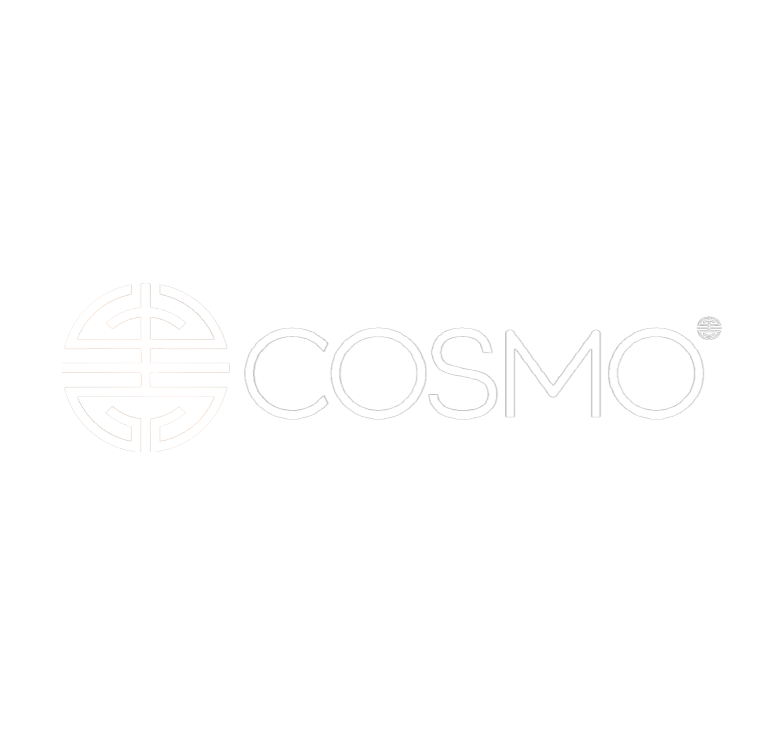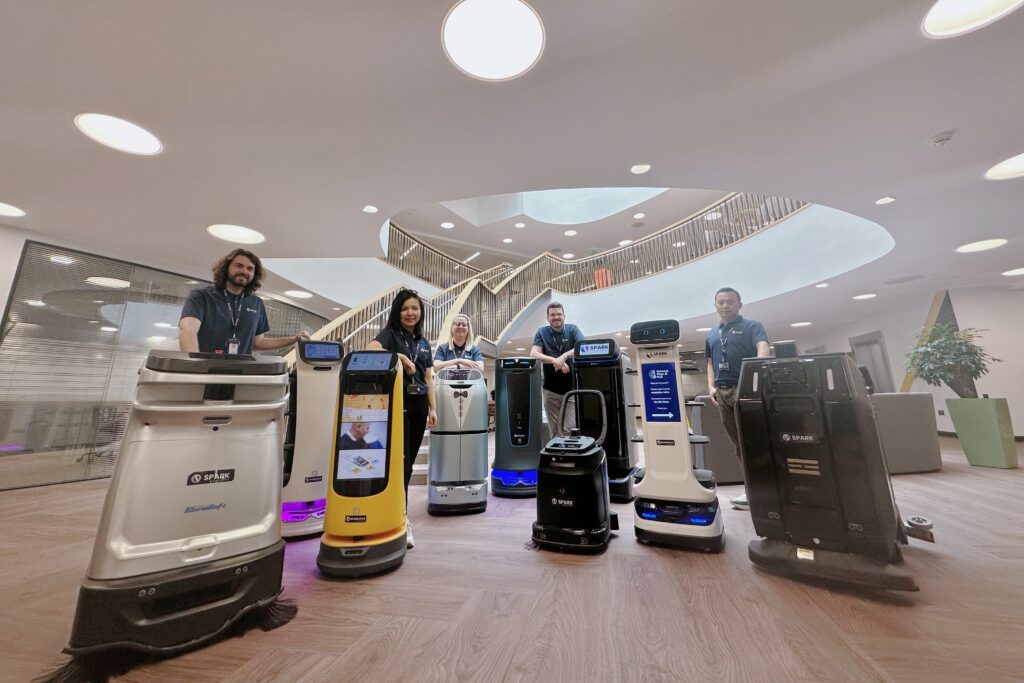Introduction
When investing in new technology, one of the first questions every business leader asks is: “What’s the ROI?” With labour costs rising and operational demands increasing, SPARK Robotics’ autonomous cleaning robots offer a measurable return on investment by cutting costs, improving efficiency, and supporting long-term sustainability.
1. Labour Cost Savings
Cleaning is repetitive, time-intensive work — and wages continue to climb. A SPARK autonomous scrubber can operate for hours with minimal supervision, reducing reliance on manual labour. For many venues, this translates to up to 40% lower cleaning labour costs annually.
2. Extended Asset Life & Reduced Consumables
SPARK robots use precision-controlled water and chemical dispensing, minimising waste. Over time, this reduces spending on cleaning supplies and extends the life of flooring by preventing over-saturation or harsh treatment.
3. Productivity Gains
By automating routine cleaning, staff are freed to focus on higher-value tasks — from guest service to security. This means the same team can cover more responsibilities without additional headcount.
4. Sustainability = Cost Efficiency
Lower water and energy usage not only supports ESG goals but also leads to reduced utility bills. Over months and years, these savings contribute significantly to ROI.
5. Long-Term Value
Unlike manual cleaning teams that may fluctuate, robots provide consistent, predictable performance. SPARK’s cloud-based platform also delivers data-driven insights — helping managers optimise cleaning schedules and track ROI in real time.
Conclusion
Investing in SPARK Robotics isn’t just about embracing innovation — it’s about making a smart financial decision. With proven reductions in labour costs, consumables, and energy usage, our robots typically pay for themselves within 12–18 months.





















